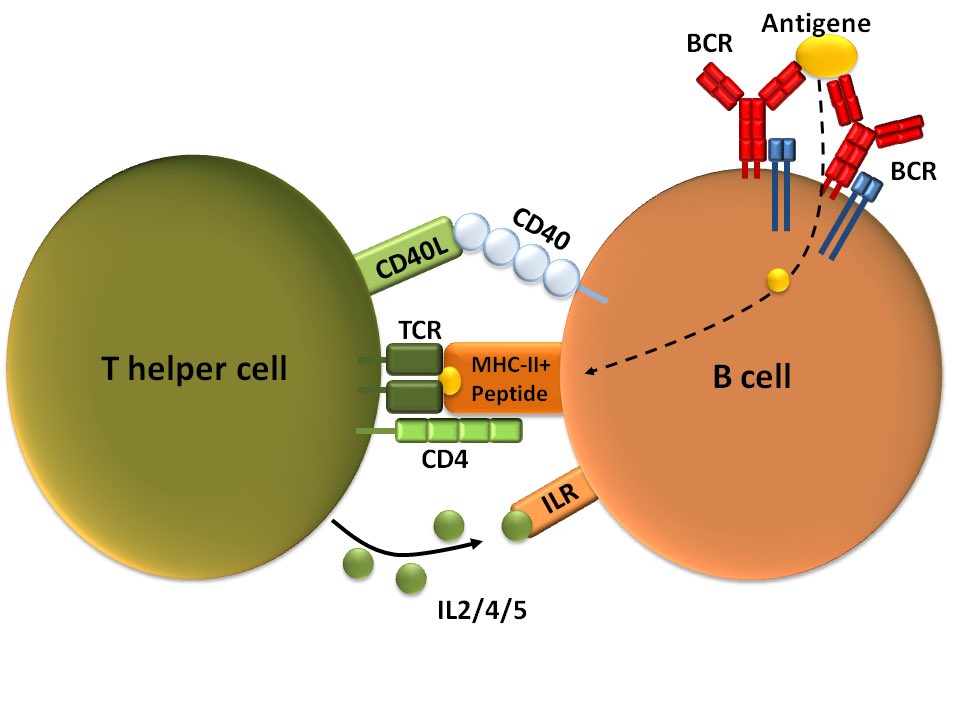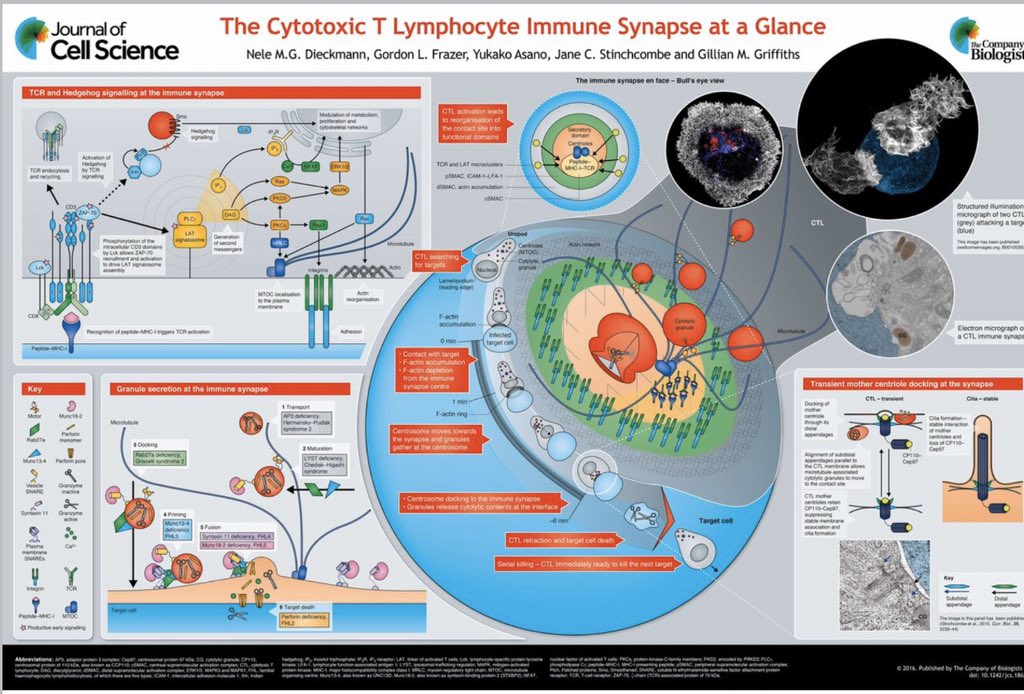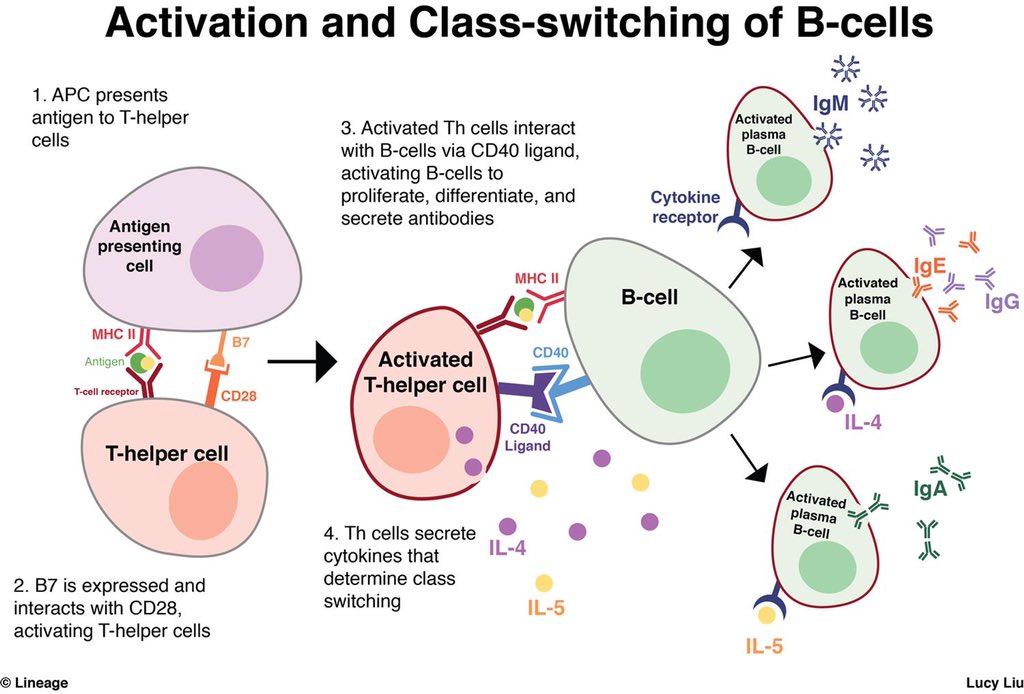
1/4 SARS-CoV-2 Orf6 appears to hijack nuclear import machinery, inhibiting nuclear translocation of key signaling and cell proliferation molecules such as STAT1 and STAT2. This is another way that SARS-CoV-2 downregulates intracellular immune responses such (e.g. interferon --).
2/4 These findings also meld with prior data demonstrating nuclear translocation of SARS-CoV-2. Coupled, these data suggest that the virus has evolved multiple mechanisms for avoiding both extracellular adaptive immune responses, as well as intracellular immunity / host defenses.
3/4 These findings could also lead to future discoveries about the genesis and pathogenesis of "long COVID" and repeat infections, coupled to the discovery of SARS-CoV-2 building up deep in tissues that are not as accessible to the immune system.
4/4 TL;DR: SARS-CoV-2 is a stealthy m*fer! Stay safe and take this virus seriously, even if you've gotten a vaccine or have recovered from #COVID19 already.
• • •
Missing some Tweet in this thread? You can try to
force a refresh









